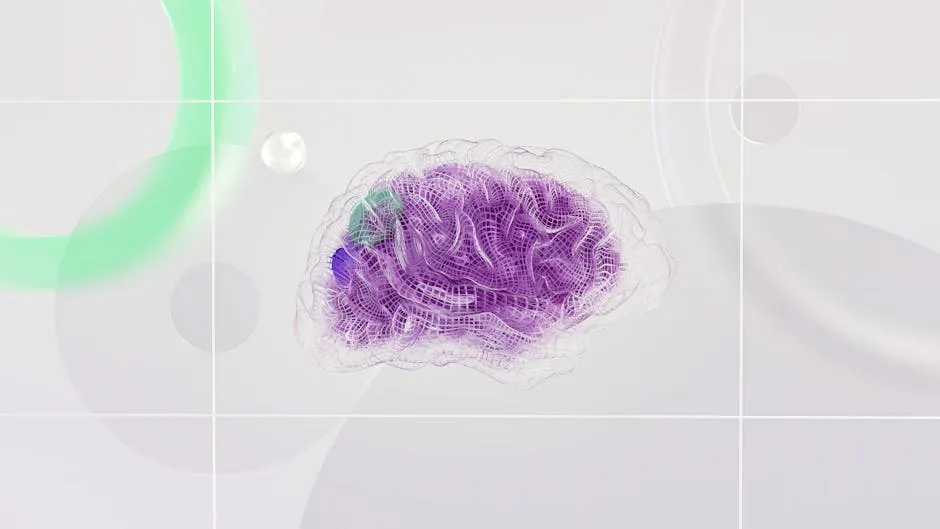Exploring Google’s SIMA 2: A Leap Towards General-Purpose AI Agents
In the ever-evolving landscape of artificial intelligence, Google has taken a significant step forward with the introduction of SIMA 2, a versatile agent designed to operate in complex and previously unencountered environments. This innovative technology is not only self-improving but also marks a pivotal move towards the development of more general-purpose robots and artificial general intelligence (AGI) systems.
What is SIMA 2?
SIMA 2, which stands for Self-Improving Multi-Agent, is an advanced AI agent that leverages Google’s Gemini technology. Unlike its predecessors, this agent is designed to handle a wide range of tasks in dynamic and unpredictable settings. Its ability to reason and act autonomously makes it a groundbreaking tool in the quest for creating machines that can learn and adapt similarly to humans.
The Capabilities of SIMA 2
One of the standout features of SIMA 2 is its adaptability. The agent is capable of completing complex tasks that it has never encountered before, making it a versatile player in various fields. This self-improvement mechanism allows SIMA 2 to learn from its experiences and enhance its performance over time. As it interacts with different environments, it gathers insights that contribute to its learning process, paving the way for more sophisticated AI applications.
A Step Towards General-Purpose Robots
The development of SIMA 2 is a crucial advancement in the realm of robotics and AI. With its capacity for reasoning and autonomous action, it represents a significant stride towards the creation of general-purpose robots. These robots would not only be capable of performing specific tasks but would also possess the intelligence to understand and adapt to new challenges, much like humans.
Implications for the Future of AI
The introduction of SIMA 2 is a clear indication of Google’s commitment to pushing the boundaries of AI technology. As we move closer to realizing AGI systems, the implications of such advancements are profound. From enhancing productivity in various industries to potentially revolutionizing how we interact with machines in our daily lives, the potential applications of SIMA 2 are vast and varied.
In conclusion, Google’s SIMA 2 represents a transformative leap in AI technology. By developing agents that can reason, act, and improve autonomously in complex environments, we are one step closer to achieving the dream of general-purpose AI. As this technology continues to evolve, it will undoubtedly shape the future of robotics and artificial intelligence in remarkable ways.
